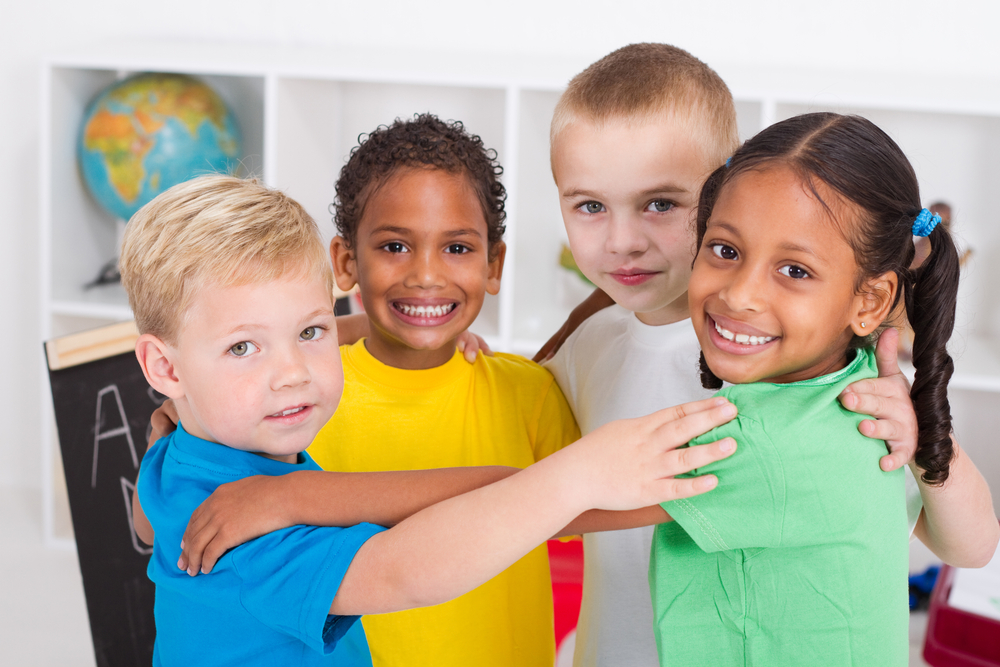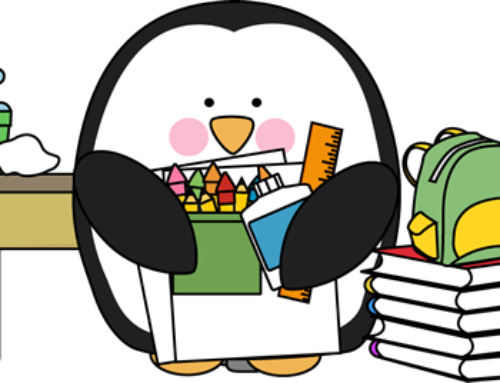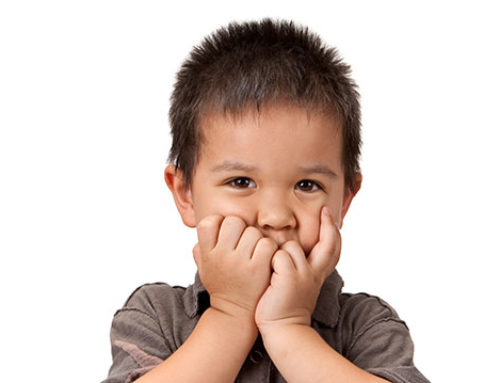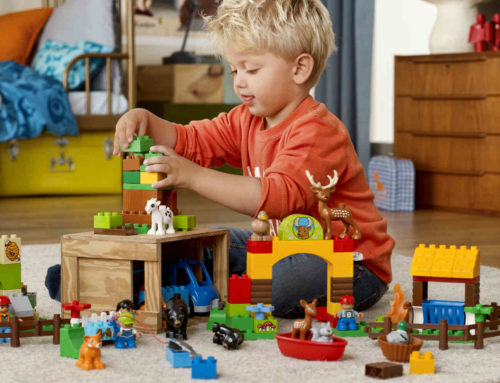Children grow and change so quickly. Sure, when you’re roaming the halls with a crying baby at 3am every minute seems like an hour, but then before you know it, that tiny little baby is off to school. Just like that.
In what seems like the blink of an eye, your baby has learnt how to roll, sit, walk and talk. And of course it doesn’t stop there. They are constantly moving, playing, exploring and learning.
When it comes to babies and toddlers, there is an abundance of information available to help us know what to expect in terms of their development. As far as talking goes, we know to expect the first words somewhere around the first birthday. We also know that they should be putting 2 words together such as “bye car” or “more cheese” by the time they turn 2. However, as they get older the milestones are not as clear-cut.
Children’s communication skills continue to develop in leaps and bounds throughout the preschool years. They speak freely in sentences, they understand more difficult concepts and questions and their vocabulary continues to grow rapidly. For instance, studies have suggested that children will add two to five new words to their expressive vocabulary and nine new words to their receptive vocabulary every day during the preschool years. This can accumulate to a receptive vocabulary of as many as 14,000 words by 6 years of age.
Now if you would like to go through the dictionary and count how many words your child knows, be my guest. On the other hand if you don’t really have the time and energy for that, here are some key points to help you check whether your preschooler’s communication development is on track!
By 3 years of age a child should be able to:
Talking:
- Speak in 3-5 word sentences
- Use 900-1000 words (including lots of nouns and verbs)
- Use different grammatical markers such as verb endings (e.g., swimming, walked, jumps), plurals (e.g., cats, buses) and pronouns (e.g., my, she)
- Tell you that they are tired/hungry/thirsty/hot/cold/sick/hurt etc
- Count to three
- Talk to you about recent experiences, especially things that happened when you weren’t together. E.g. telling you about something that happened at preschool
- Participate in conversations by taking turns talking with another person
Listening/Understanding:
- Show an interest in how and why things work (e.g. How do you turn this on? Why does it go fast?)
- Follow a 3 step instruction without gestures
- Identify parts of an object (e.g. parts of a car – wheels, window, lights, door)
- Respond to what, where and who questions about things and people that are not present.
- Follow instructions containing adjectives (colours, sizes, shapes). E.g. “Pass me the big red truck”
Speech Sounds:
- Be understood by strangers approximately 75% of the time
- Produce the nasal sounds (m and n) and short sounds (b, p, t, d, k, g, h, y, w) clearly.
By 4 years of age a child should be able to:
Talking:
- Speak in 5 – 6 word sentences
- Use approximately 1500 words
- Tell you how an object is used
- Use quantity concepts (five, lots, none, all)
- Use possessives (e.g. the boy’s toy)
- Answer questions logically (e.g. What would you do if your hands were dirty?)
- Answer questions about hypothetical events (e.g. What should you do if you feel sick?)
Listening/Understanding:
- Make inferences (e.g. Johnny came home from school. He was very hungry! What do you think he did when he got home from school?)
- Identify categories of objects (e.g. show me all the animals/ show me all the things we wear)
Speech Sounds:
- Be understood by strangers 100% of the time even with some remaining errors when saying long sounds (s, z, f, sh, l, r, v, th), harder short sounds (ch and j) and consonant blends (e.g. tr, pl, sk).
By 5 years of age a child should be able to:
Talking:
- Use up to 8 words in a sentence
- Use approximately 2500 words
- Name an object when it is described (e.g. What is a round toy that you can bounce and catch?)
- Use adjectives such as long and short to describe objects
- Answer Where? questions
- Respond to Why? questions by giving you a reason
- Name categories (e.g. Blocks, dolls, puzzles. They are all… toys)
- Repeat sentences
Listening/Understanding:
- Understand longer and more complex sentences (e.g., Point to the white kitten that is sleeping)
- Know shapes and colours
- Understand most spatial concepts (e.g. under, behind, in front, next to, beside)
- Understand time concepts (e.g. day and night)
Speech sounds:
- Produce all sounds clearly with the exception of r, v, th and consonant blends which they will continue to refine once they start school.
Remember…
It is important to remember that all children are different and generally will learn things at their own pace. When it comes to communication development there is a wide range of what is considered “normal”. In saying that, as parents and teachers we must also be very careful that we do not put our heads in the sand when there are possible concerns.
The points listed above are intended for use as a guide only to help you know when it is time to ask a speech pathologist for advice. If your preschooler’s skills do not match with what is listed above, or if you have any questions or concerns about your child’s communication skills, the best thing to do is ask a speech pathologist for advice.
If we tell you that you’ve got nothing to worry about, then you’ll have peace of mind. On the other hand, if there is an issue, addressing it and dealing with it promptly will give your preschooler the best chance to sort it out before they start school. After all, solid language skills are the foundation children need in order to learn to read, write, spell and live life to the fullest at “big school”.
Don’t forget to Like Modern Speechie on Facebook for more information and tips to help children be the best communicators they can be!
You might also be interested in our previous post on 10 things speech pathologists want you to know.






